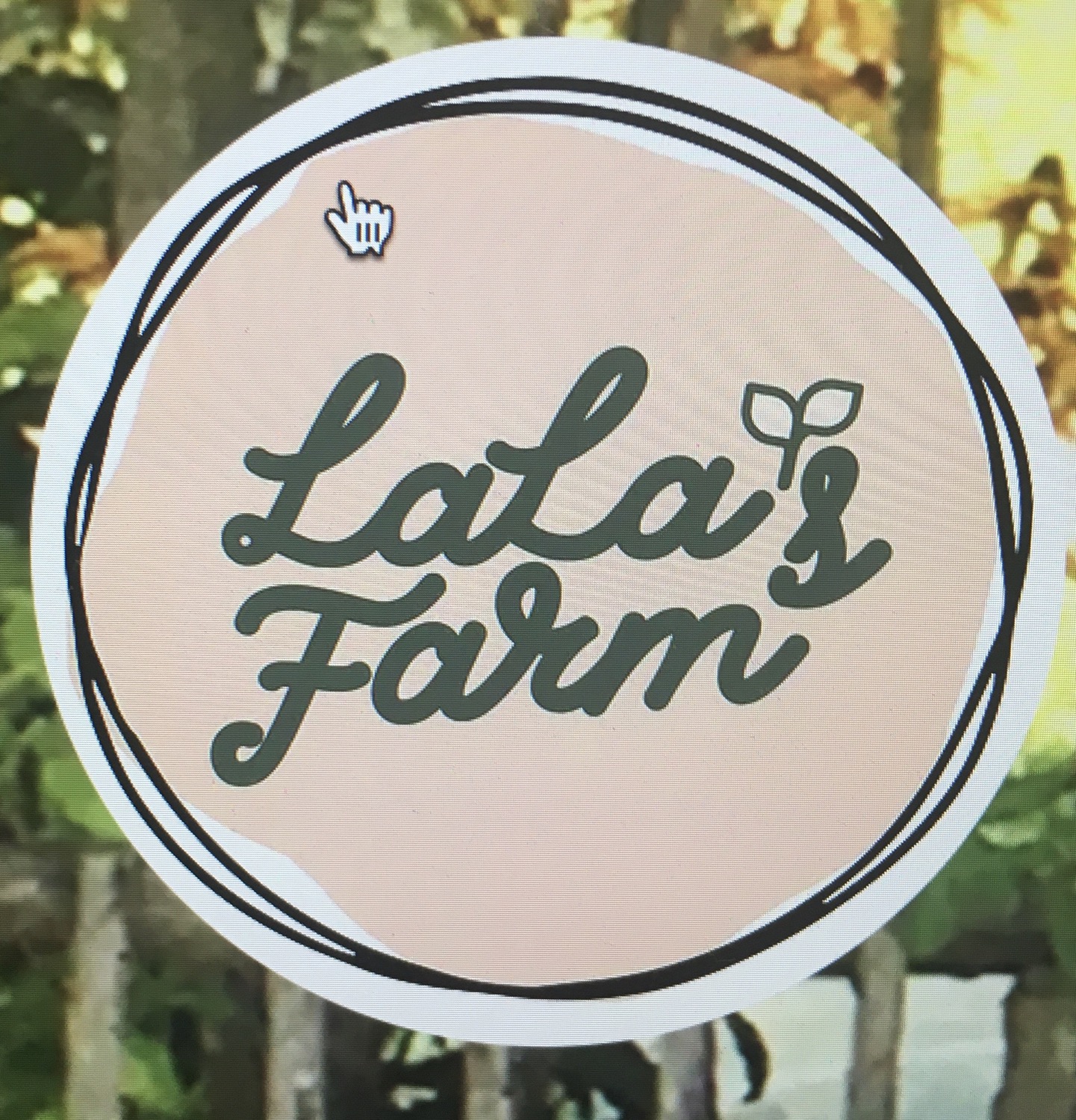Your Ultimate Guide to Raised Bed Gardening
- LaLa

- Jul 27, 2024
- 4 min read
Updated: Dec 22, 2024

Hello, green thumbs! As the growing season hits full stride, many questions arise about optimizing plant health and yield in these contained spaces. Today, we'll address the most common queries about planting in raised gardens this month and provide some handy tips and insights to help your garden thrive.

1. What Should I Plant
June is a fantastic time to plant various vegetables and herbs, especially in raised beds, which warm up faster than in in-ground gardens. Here are some great options:
• Warm-season vegetables: Tomatoes, peppers, cucumbers, squash, and eggplant thrive when planted in June.
• Herbs: Basil, parsley, cilantro, and dill can be sown directly or transplanted.
• Succession planting: For crops like lettuce, radishes, and carrots, June is perfect for a second or even third planting.

2. How Do I Prepare the Soil?
Preparing the soil is crucial for a productive raised bed garden. Here's a step-by-step guide:
• Add compost: Work a generous amount of compost into your soil to boost its nutrient content.
• Check pH levels: Aim for a slightly acidic to neutral pH (6.0 to 7.0). Adjust with lime or sulfur as needed.
• Ensure proper drainage: Raised beds typically have good drainage, but ensure there are no low spots where water might accumulate.

3. How Often Should I Water My Raised Bed Garden?
Proper watering is vital, significantly as temperatures rise in June:
• Daily monitoring: Check soil moisture daily. Raised beds dry out faster than traditional gardens.
• Deep watering: Water deeply to encourage roots to grow downward. Deep watering means applying water slowly and deeply, so it penetrates the soil to a depth of at least 6 inches. This encourages plants to develop deep, strong root systems, which are essential for their overall health and productivity.
• Mulching: Apply a layer of mulch to help retain moisture and reduce the need for frequent watering.

4. What Are the Best Practices for Fertilizing?
Fertilizing ensures your plants have all the nutrients they need to thrive:
• Balanced fertilizer: Use a balanced, all-purpose fertilizer or one tailored to the specific needs of your plants.
• Compost tea: Apply compost tea every few weeks for a gentle nutrient boost.
• Avoid over-fertilizing: Excessive fertilizer can harm plants. Follow package instructions carefully.

5. How Do I Deal with Pests and Diseases?
During the month of June, various pests and diseases might appear, but by taking proactive measures, you can safeguard the well-being and success of your garden. Following these guidelines will equip you to effectively address any challenges that may come your way:
• Regular inspection: Check plants regularly for signs of pests or disease. Regular inspection is key to early detection and prevention of pest and disease problems. Look for signs like yellowing leaves, chewed leaves, or wilting plants.
• Companion planting: Use companion plants like marigolds or nasturtiums to repel pests. For example, planting marigolds near your tomatoes can deter nematodes, a common tomato pest.
• Organic solutions: To treat infestations, employ organic pesticides or homemade remedies, such as neem oil (a natural insecticide) or a mixture of water, dish soap, and baking soda (a homemade fungicide).
• Proper spacing: Ensure adequate spacing between plants to promote airflow and reduce disease risk.

6. How Can I Maximize My Harvest?
Maximizing your harvest involves strategic planting and ongoing care:
• Succession planting: Stagger plantings of quick-growing crops like lettuce and radishes. For example, plant a row of lettuce seeds every two weeks, so you have a continuous supply of fresh lettuce throughout the summer.
• Vertical gardening: To save space and increase yield, use trellises or stakes for vining plants like cucumbers and beans. Vertical gardening allows plants to grow upwards, maximizing the use of space in your raised bed garden.
• Pruning: Regularly prune plants like tomatoes to encourage fruit production and improve air circulation.

7. What Should I Do About Weeds?
Weeds compete with your plants for nutrients and water, so keeping them in check is essential:
• Mulch: A thick layer of mulch helps suppress weed growth.
• Hand weeding: Regular hand weeding is often necessary. Do it after watering when the soil is soft.
• Weed barriers: Consider using landscape fabric under your mulch to provide an additional layer of weed control.
Final Thoughts
June is a month of growth and potential in your raised garden beds. By planting suitable crops, maintaining soil health, watering correctly, and managing pests and weeds, you'll set your garden up for a bountiful summer. Remember these tips, and you'll enjoy a productive and thriving garden season.
Happy Gardening! From Lala's Farm with Love






